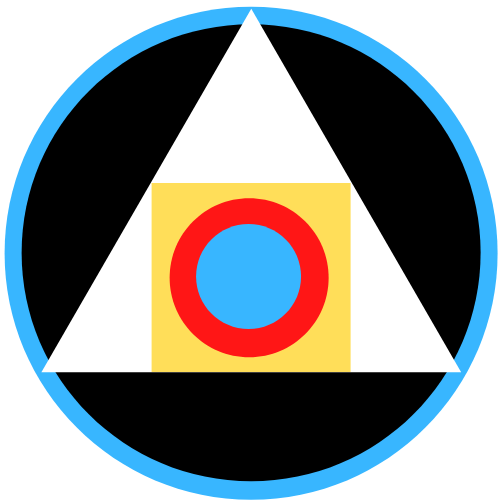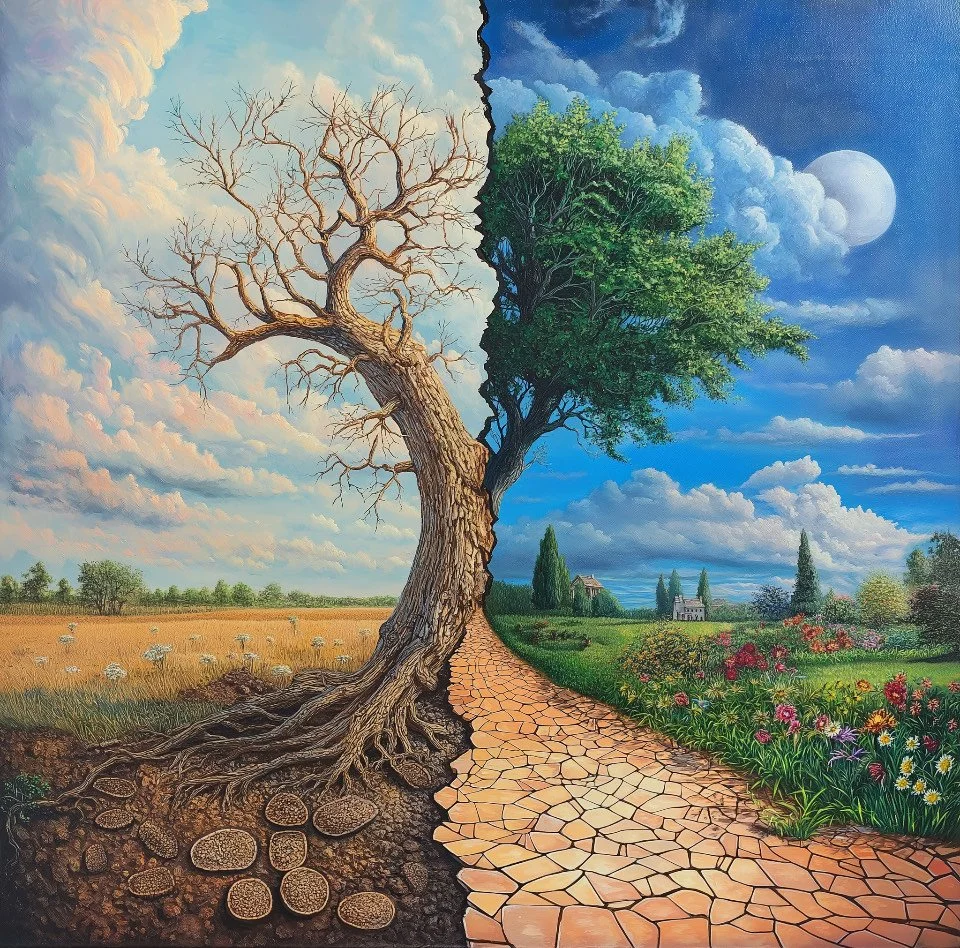Unleashing Creativity and Healing with Neurographic Art
With the help of LinkedIn, I became connected to an alumni of the institute I attended for my hypnotherapy studies. Janet Karam, of Texoma Hypnosis in Sherman, Texas, reached out to me to discuss our work and to motivate each other. She introduced me to Nuerographic Art. She is an amazing artist as well as a gifted therapeutic hypnotist. I have found that beginning a session with this art form allows ease of access to the part of the mind we use in hypnosis, and in so doing produces greater results.
Many individuals seek solace, self-expression, and personal growth through creative outlets. Neurographic art, a relatively new form of artistic expression, has gained attention for its therapeutic and transformative effects on the human mind. This article dips into the world of neurographic art, exploring its origins, techniques, and the profound impact it can have on mental well-being.
Understanding Neurographic Art
Neurographic Art is a unique form of creative expression that combines elements of art therapy, psychology, and neuroscience. Developed by Russian psychologist Pavel Piskarev, this art form aims to unlock the creative potential of the human brain and promote psychological healing. It's based on the idea that art can facilitate profound changes in perception, emotion, and cognition.
Techniques Involved
Creating neurographic art involves a straightforward yet deeply meditative process. It is an art, so the way I do it may differ from the way others do it. I’ve added steps to access specific beliefs and to amplify the emotional state of the participant. These extra steps are personally customized for each of my hypnosis clients.
Here's a simplified step-by-step guide to get started:
Materials: Gather your materials, which usually include paper, colored markers or pens, and a comfortable workspace. You may get as “extra” as you like with your materials.
Relaxation: Begin by taking a few deep breaths to relax your mind and body. Find a quiet, comfortable place free from distractions.
Write a short sentence: On the back of your paper you may write a worry, a belief you’d like to challenge, a desire, or an affirmation. (i’m scared that….., I think/believe that…..., I desire…………., I have/feel/am/express…………….. ) Try your best to omit No and Not in your sentences. While the subconscious mind can process negatives, it is often more beneficial to frame your thoughts and statements in a positive and affirming way to effectively communicate your intentions and goals to your subconscious mind.
Word Association: Choose two or three power words from within your sentence, and do word association seven levels deep. I write my seven words directly under my chosen power words. This process usually gets us into an emotional state, which is exactly where we want to be.
Random Lines: Considering your statement, close your eyes ( or don’t) and create a series of random lines or shapes on your paper. These lines will serve as the foundation for your Neurographic Art. I prefer to scribble for 3 seconds without taking my pen off the paper but you can create your lines however you like. Closing my eyes removes judgement of my work and feels more intuitive and trusting, allowing my subconscious control of my hand. Keeping pen paper contact creates fluidity and minimizes going off the page. Complete any lines that stop on the page, following the same direction of the line.
Patterns and Connections: Start connecting the lines or shapes in whatever way feels right to you. There are no rules in neurographic art; it's about letting your intuition guide you. I like to focus on intersections and smoothing them out, it’s my way of smoothing out the issue. Find your way to make it easier for you to look at your art, your intention can be: Relief.
Coloring: Add color to your artwork, using colors that resonate with your emotions in the moment. Sometimes I color the inside of the bubbles, and other times I leave random bubbles uncolored, sometimes I only coloring the frame, you may be as creative as you like. Don’t limit yourself to only coloring, you may draw faces, or objects, or glue fabrics, there are no rules.
Reflection: As you create, allow your mind to wander and reflect on your feelings, thoughts, and emotions. This is where the therapeutic aspect comes into play.
Effects of Neurographic Art
Stress Reduction: Neurographic Art promotes relaxation by engaging your mind in a creative process. It can help reduce stress and anxiety, providing a calming effect on the nervous system.
Emotional Expression: Creating Neurographic Art allows individuals to express complex emotions that may be difficult to put into words. This can be especially helpful for those dealing with trauma or grief. Sharing your art can be an intimate way of sharing your feelings without having to find words.
Enhanced Creativity: The process encourages abstract thinking and creativity. It helps individuals break free from mental constraints, fostering innovative problem-solving skills.
Self-Discovery: Neurographic art can be a powerful tool for self-discovery. It prompts introspection, enabling individuals to gain insights into their inner world. This is so helpful in the process of therapeutic hypnosis, where we are exploring the inner world.
Improved Focus and Concentration: Engaging in Neurographic Art requires concentration and mindfulness. Over time, it can enhance your ability to focus.
Catharsis: Many practitioners report experiencing a sense of release and catharsis when creating Neurographic Art. It can help individuals let go of pent-up emotions and find closure.
Neurographic Art offers a holistic approach to healing and self-expression. It taps into the intricate workings of the human mind, using creativity as a therapeutic tool. Whether you're an experienced artist or someone simply looking for a way to de-stress and explore your inner world, Neurographic Art is a fascinating and accessible method to consider. Embrace the power of Neurographic Art, and you may find yourself on a transformative journey of self-discovery and healing.
I find great comfort in exploring neurographic art because there are times when I struggle to express myself verbally in a way that feels safe and genuine. Neurographic art provides me with a secure and visual outlet for self-expression, it’s my form of alchemy, instant transformation of energy. Even if the meaning behind my creations is personal and perhaps not fully conscious, what matters most to me is my own understanding and connection with the art. This form of expression offers a unique space where I can communicate my thoughts and feelings in a way that feels true to myself, and that, to me, is of the utmost importance.
I offer classes for Neurographic Art, be that one on one or in a group setting. Contact me via email for an appointment: Glouise751@gmail.com





